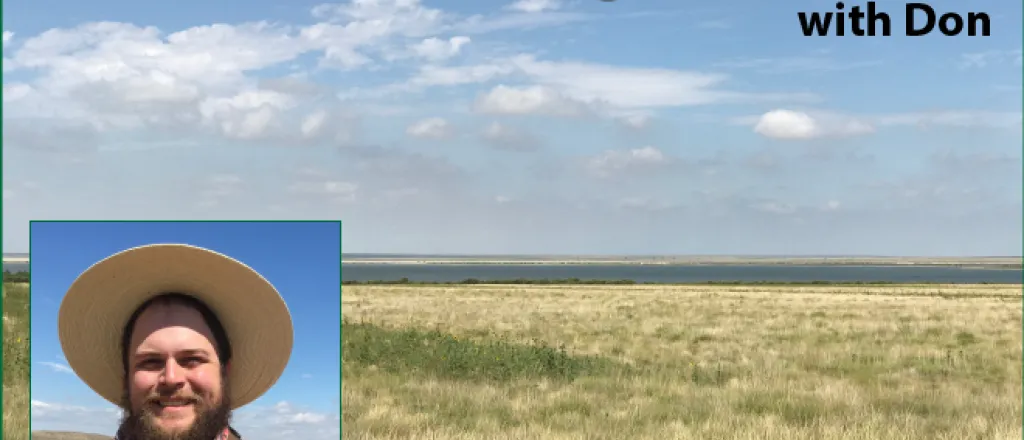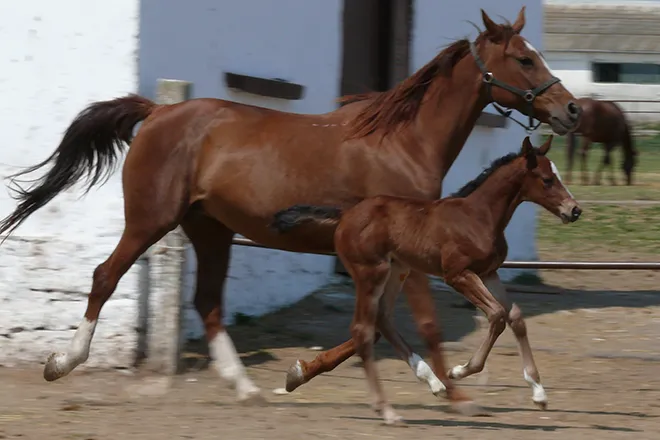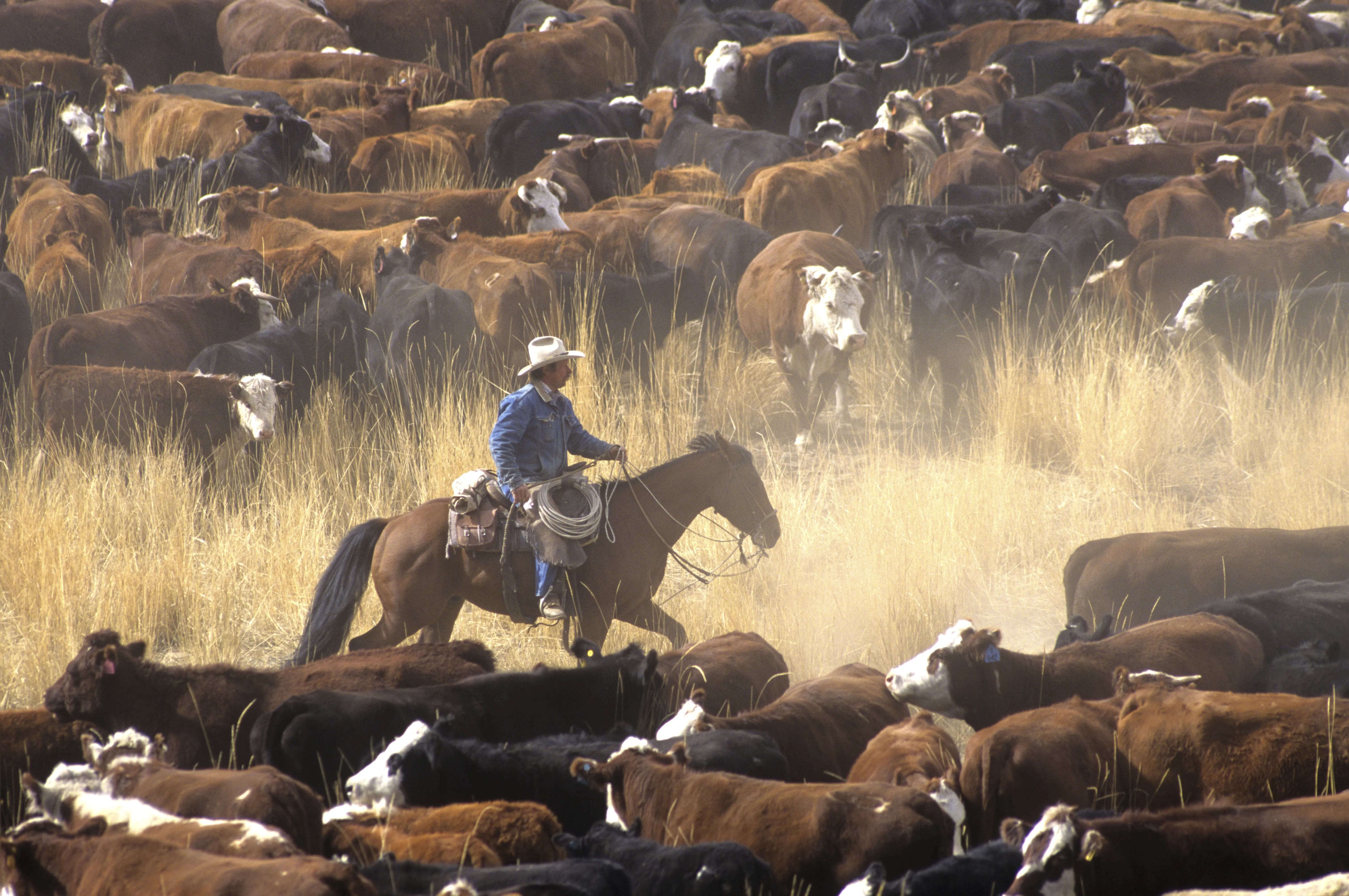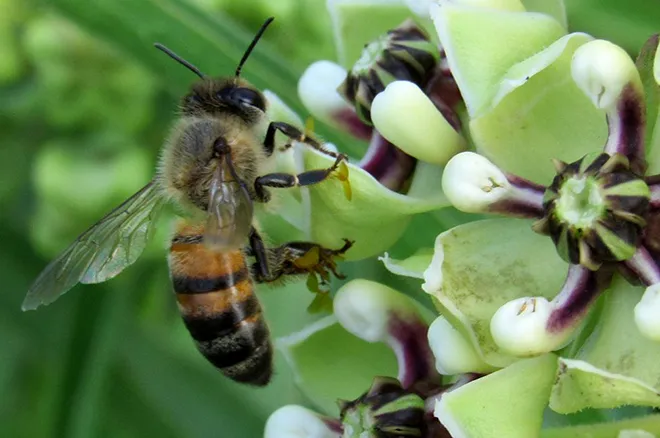
Range Sense with Don
Five local grasses that work, from the ranch to your lawn
Now that most grasses are entering their flowering stage, the plant diversity of our open range, pastures, small acreages, and lawns is becoming more visible. This is the best time of year for grass identification – because the presence of a seed head makes grass species much easier to identify.
For anyone with a lawn, you know how hard it is to keep your grass alive given our warm, dry climate. Someone I know in town has spent hundreds of dollars this year on city water, fertilizer, and herbicide – and their yard is still barely alive! The reason that we need to ‘pamper’ lawns is because of the plants used are not ideal species for our conditions.
Have you ever thought about using native grasses instead? Native grasses are more familiar to the rancher and range manager, because they operate primarily in native ecosystems. However, they are less familiar to most town/city dwellers and small acreage owners, who are used to introduced grasses like Kentucky bluegrass, bermudagrass, and various fescues.
With warmer and drier climatic conditions predicted in the future, now might be the time to think about planting or renovating your patch of grass with drought-tolerant native species. Using native species will cut your water and fertilizer use, as well as being easier to maintain. Native grasses also attract a variety of wildlife – from birds and bees to larger mammals.
Whether you own two acres or two million acres, these native grasses can be useful to you. Your landscape – and your wallet – will thank you.
Warm-season (C4) grasses
Switchgrass (Panicum virgatum) – Switchgrass is one of the most versatile bunch grass species, growing from Canada to Mexico. It is closely related to millet, and was a food source for Native Americans. Pasto aguja, its Spanish name, refers to the needle-like branches in its seed heads. It is hardy and adaptable to a wide variety of growing conditions. It is also a moderate-to-good forage. Popular ornamental varieties include Northwind, Cloud Nine, Dallas Blues, Heavy Metal, and Warrior. Pasture varieties include Blackwell, Nebraska 28, and Trailblazer.
Little bluestem (Schizachyrium scoparium) – Little bluestem is extremely versatile, growing from Canada to Mexico. Named for its slight lavender tint, its Spanish name is popotillo azul, which also describes its bluish leaves. It is adapted to a wide variety of soils and moisture regimes, and is also easy to manage from a grazing management perspective. It is a moderate-to-good forage. Popular ornamental varieties include Twilight Zone, Prairie Blues, Smoke Signal, and Standing Ovation. Pasture varieties include Cimarron, Pastura, and Aldous.
Blue Grama (Bouteloua gracilis) – Blue grama is abundant across dryer sites on the High Plains, from Canada to Mexico. (Author’s note: It is also my favorite grass species, and if you ask, I’ll tell you the story of the cowgirl with the blue grama tattoo). Its Spanish name, navajita, refers to a small sailor’s jackknife, which the distinctive seed heads resemble. When conditions are good, blue grama is a moderately prolific sod-forming grass. However, it is most valuable during drought years, when it is extremely hardy and resilient. It provides good-to-excellent forage to livestock. One ornamental variety reigns supreme – called Blonde Ambition. There are three common pasture varieties: Lovington, Hatchita, and Alma.
Sideoats Grama (Bouteloua curtipendula) – Sideoats grama is a productive sod-forming grass, growing in dry Great Plains environments from Canada to Mexico. It has a striking, beautiful seed head, from which it gets its name. Banderilla, its Spanish name, also refers to the ‘small flags’ of the seed head. Sideoats grama also provides excellent forage for livestock. Common pasture varieties include El Reno, Niner, Vaughn, and Butte. These varieties will also be showy and ornamental.
Cool-season (C3) grasses
Western Wheatgrass (Pascopyrum smithii) – Western wheatgrass rounds out the list as a cool-season sod-forming grass. It is another major grass on the Great Plains, occurring from Canada to Mexico. Agropiro del oeste is its Spanish name, which is a literal translation. Western wheatgrass does very well on silty and clayey sites, and is also tolerant of flooding and silting. It is a good-to-excellent forage, and cures well in the winter. Common pasture varieties include Arriba, Barton, and Rosana, which will all also be showy and ornamental.
Source: Stubbendieck, J., and Hatch, S.L. (1997). North American Range Plants (5th ed.). Lincoln, NE: UNL Press.
Don Schoderbek is a principal consultant at RangeHorizons LLC, and can be reached on his cell at (970) 520-9294, or by email at don@rangehorizons.com. Do you have a ranch, pasture, or small acreage management issue? Call us for a no-cost consultation or a drone demonstration.
The views expressed by this article do not necessarily reflect the views of this publication.
Photos courtesy NRCS and USFWS.

















